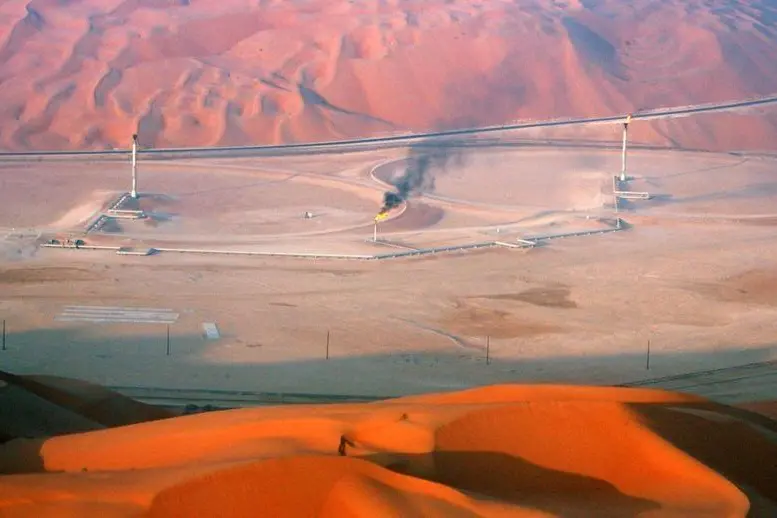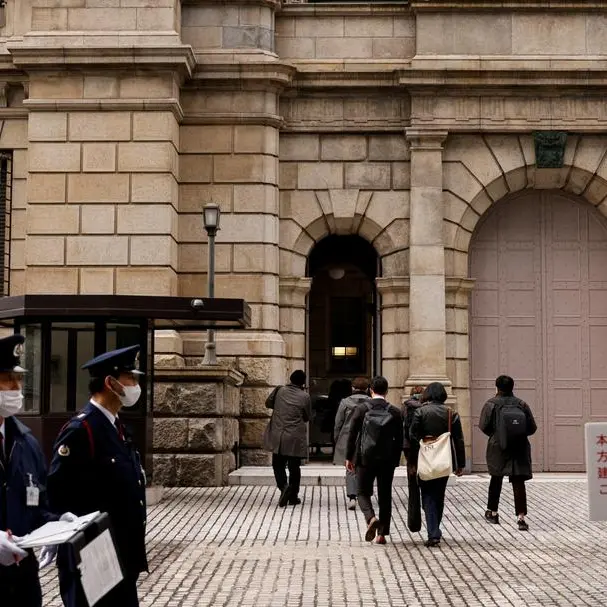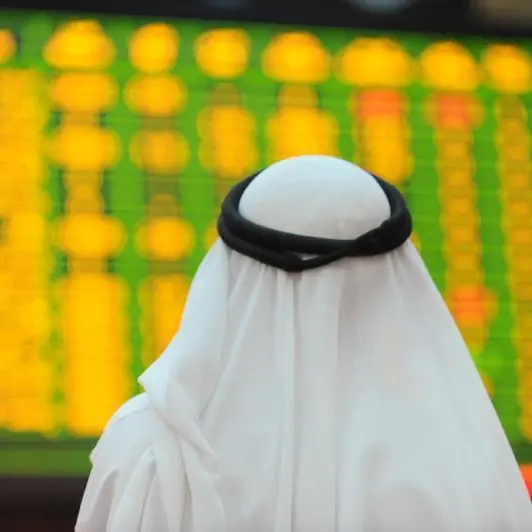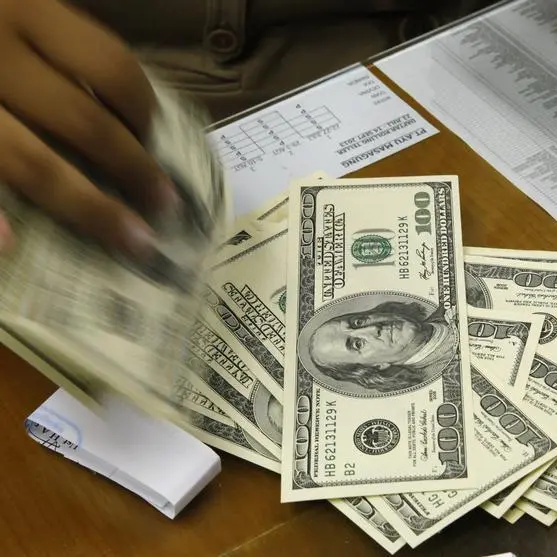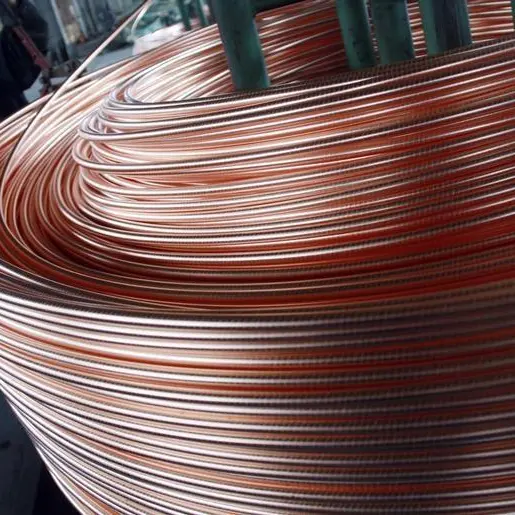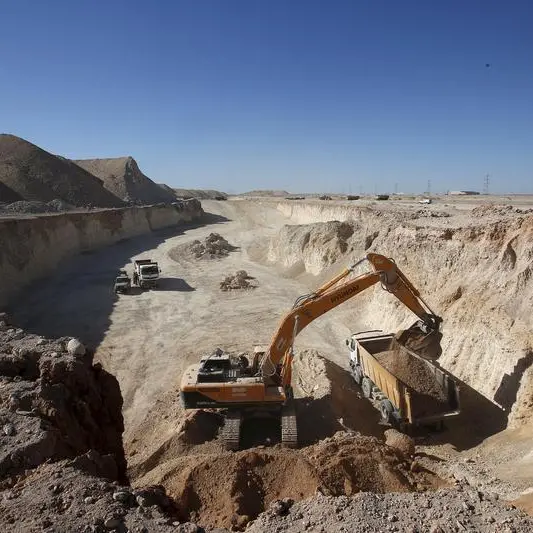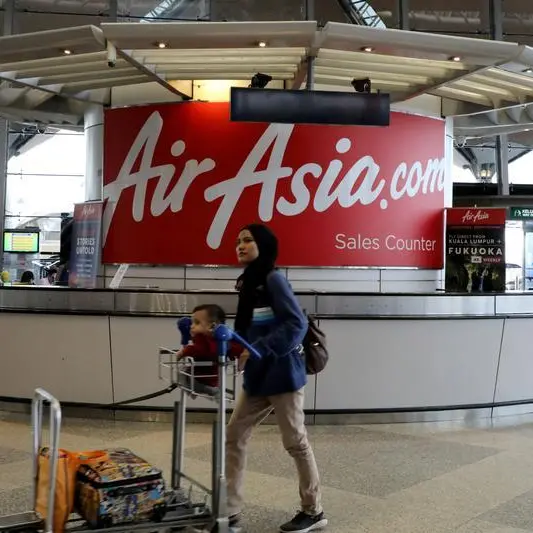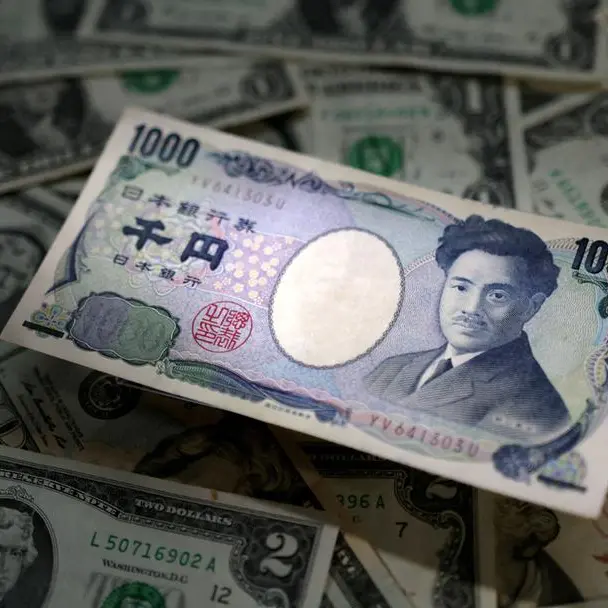PHOTO
LONDON- Oil prices edged higher on Thursday, clawing back some of the sharp losses made in the previous session on the back of easing fears of an escalation in the conflict between the United States and Iran and swelling U.S. crude stocks.
Prices are now back at levels seen before a U.S. drone strike on Jan. 3 that killed a top Iranian general and a rocket attack by Iran on Iraqi airbases hosting U.S. forces, which sent crude to its highest in four months.
Brent crude futures were up 46 cents at $65.90 a barrel by 0917 GMT after a 4.1% fall on Wednesday. West Texas Intermediate futures were up 50 cents to $60.11 a barrel after falling nearly 5% a day earlier.
In comments reported by Iran's Tasnim news agency, a Revolutionary Guards commander said Iran would take "harsher revenge soon" after Tehran launched missile attacks on U.S. targets in Iraq in retaliation for last week's U.S. killing of an Iranian general.
Late on Wednesday, two rockets fell inside Baghdad's heavily fortified Green Zone, which houses government buildings and foreign missions, but caused no casualties, the Iraqi military said.
Following comments from U.S. President Donald Trump on easing tensions, oil prices by Thursday had fallen back to levels last seen before the killing of Iranian military commander Qassem Soleimani in Iraq.
Any sign of receding risk in the Middle East will revert focus to a surprise build in U.S. crude stockpiles last week.
Crude oil stocks were up 1.2 million barrels in the week ended Jan. 3 to 431.1 million barrels, the Energy Information Administration said on Wednesday.
Analysts in a Reuters poll had expected a 3.6 million-barrel drop.
JPMorgan analysts maintained their forecast for Brent to average $64.50 a barrel this year.
"The impact on oil prices will depend on (the) extent of supply disruption versus available spare capacity, global oil inventories and reaction to oil price from U.S. producers," the bank said in a commodities research note.
Top oil producers led by Saudi Arabia have agreed to reduce output by as much as 2.1 million barrels per day through the first quarter of 2020.
Meanwhile, oil and gas shipowners are bracing to pay a price for U.S.-Iranian tensions in the form of higher insurance bills.
According to industry sources, payments known as war risk premiums for tankers shuttling through the Strait of Hormuz could rise significantly.
That could add hundreds of thousands of dollars to shipping costs in some cases that will ultimately be passed on to fuel buyers, mostly in Asia.
(Additional reporting by Aaron Sheldrick in Tokyo; Editing by Jan Harvey) ((Shadia.Nasralla@thomsonreuters.com; +44 207 542 5083; +44 778 99 43141; Reuters Messaging: Reuters Messaging: shadia.nasralla.reuters.com@reuters.net))
